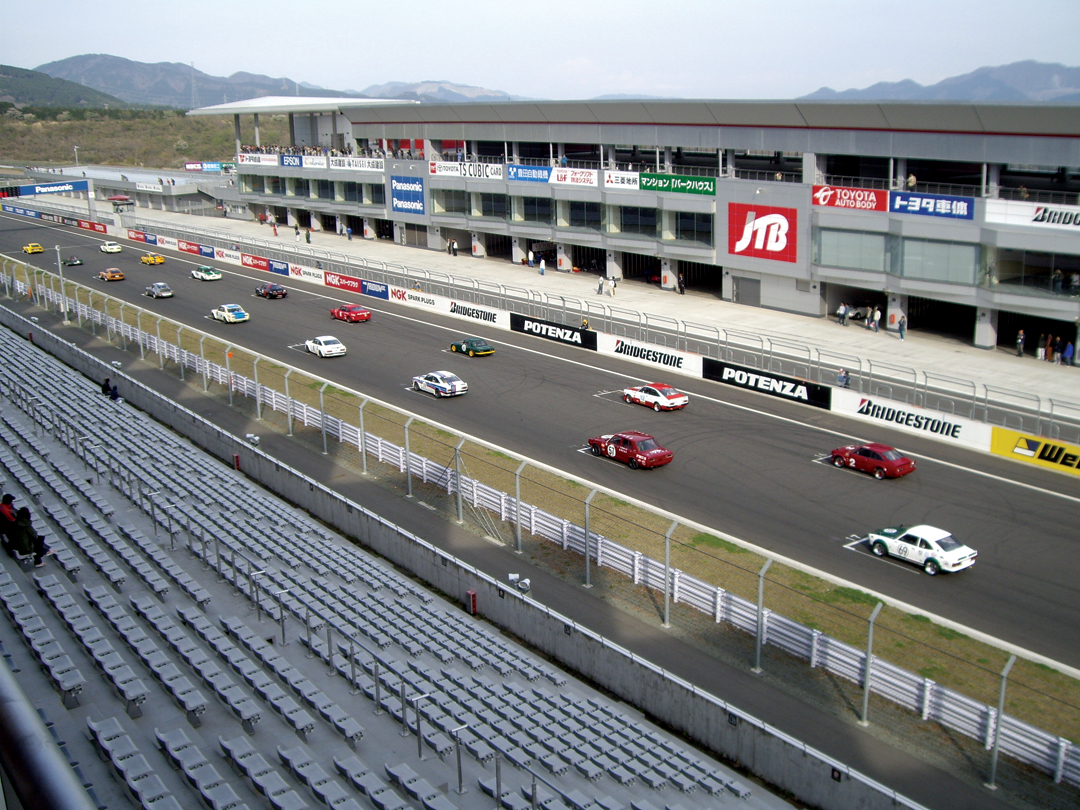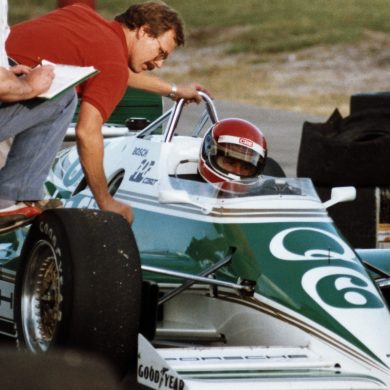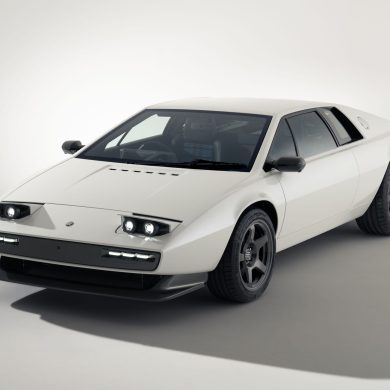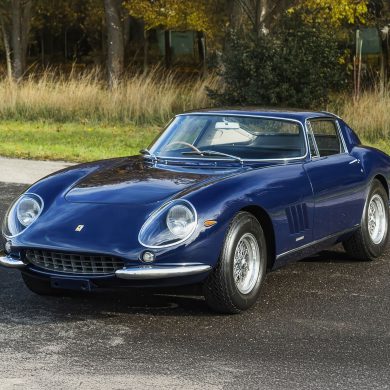The 2007 Fuji Jamboree historic race meeting held on April 15 and organized by the Japan Classic Car Association attracted well over 300 competitors, including one nervous gaijin (foreigner). The opportunity to have a run on the redeveloped Fuji layout before the return of the Japanese Grand Prix later in the year was no doubt a big factor in the strong entry.
Japanese spring weather could best be described as fickle and Fuji Speedway at an altitude of 1,600 feet is prone to rain and mist. Luckily it dawned clear and sparkling bright on April 15, for the first day of this event.
Fuji, given its Formula 1 status and Toyota ownership, is now an elaborate facility with extensive parking areas, grandstands, pit garages, meeting rooms and technology. The circuit itself has been widened and resurfaced along with gravel traps, catch fences and massive tire barriers. Sadly it’s a little like a penitentiary with a series of barriers between spectators and the track surface in most locations. Probably much the same the world over but the “improvements”, while certainly enhancing safety for the disarmingly quick modern F1 cars, have robbed this historic venue of much of its atmosphere. With that said, to give some further indication of the caliber of the facility I was able to have lunch with my family in the reasonably priced pit area restaurant. Eating mustard glazed chicken while watching through panoramic windows was not painful at all. Said family spent most of the day in the “Crystal Room” in the pit complex which has floor to ceiling windows facing the main straight. Like the pit garages it also has numerous television monitors which follow the race leaders around the circuit from fixed cameras. Simultaneously, but on separate screens, there is up to the moment race order and lap time information provided, highlighting passing moves, cars pitting and just about anything else you might want to know.
As the sole foreigner competing this weekend, the only record I was likely to challenge was for the slowest lap of Fuji ever established in a Lotus Cortina—the car being generously loaned by Japan Classic Car Association President Masayoshi Oka. However, the event turned out to be enormously enjoyable and a testament to the size and scope of the Japanese historic race scene.
By John Murn










